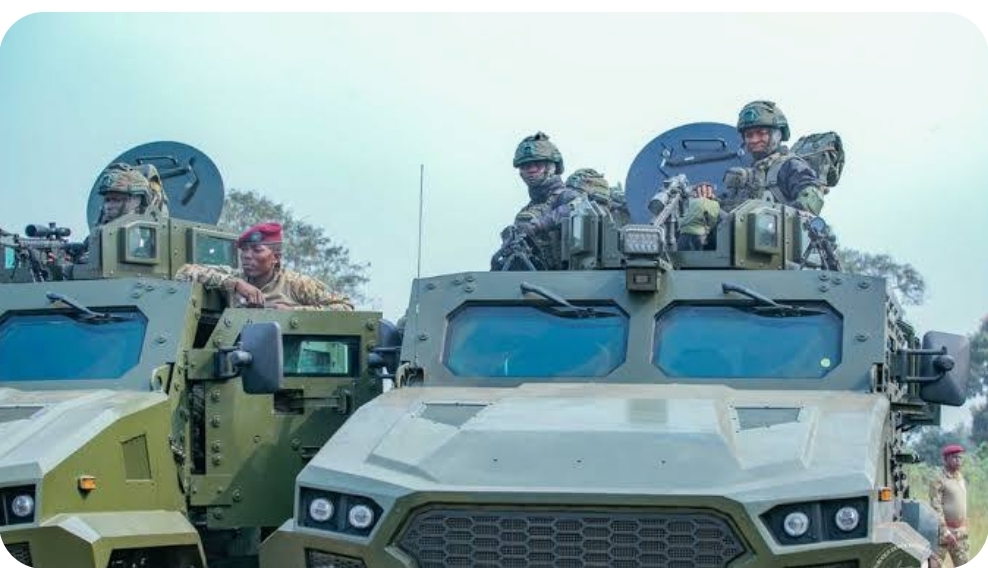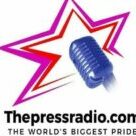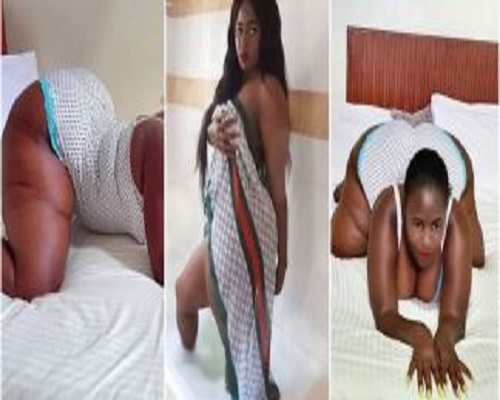Drones, heavy weapons dominate in DRC fight with M23

A steady stream of wounded civilians walk or are carried past the tents that surround Ndosho hospital in Goma, the provincial capital of North Kivu province in the Democratic Republic of the Congo (DRC).
The hospital, which is supported by the International Committee of the Red Cross (ICRC), is at more than double its normal capacity, which necessitated extra beds in the tents.
“Seeing the levels of suffering here is really distressing, and this is just a snapshot of the scale and complexity of humanitarian challenges in the DRC,” then-ICRC Director General Robert Mardini said in a March statement from Ndosho hospital.
One of the deadliest conflicts in eastern DRC, with multiple allied forces facing the Rwanda-backed M23 rebel group, continues to intensify because of the proliferation of attack drones and other sophisticated weaponry.
The ICRC said that hundreds of civilians injured as a result of the fighting have come to North Kivu health care facilities since early February. It estimates that 40% of patients treated were victims of shelling or other heavy weapons used in densely populated urban areas.
“What we are seeing now in eastern DRC is in many ways unprecedented and extremely worrying,” Mardini said. “This new dynamic is adding to the deep suffering of huge numbers of civilians already worn down by decades of conflict.”
Among the estimated 7 million displaced from their homes, the ICRC said 2.5 million are in North Kivu. M23 rebels and the Rwandan Army killed at least 35 Congolese in the May 3 bombings of displacement camps in Lac Vert and Mugunga near Goma. The United Nations called it a possible war crime.
“The use of explosive weapons in populated areas, including near displaced camps, is very likely to have indiscriminate effects, meaning they can kill and wound civilians,” Mardini said. “This is precisely what we see happening in North Kivu today with devastating consequences.”
The growing arms race between the DRC and Rwanda is in sharp contrast with the low-level conflict that began when the March 23 Movement organized an uprising in 2012. Before M23 resurfaced in 2022 after nearly a decade of lying dormant, its preferred tactic was to ambush Congolese forces.
In February, a U.N. surveillance drone identified Rwandan soldiers and their armored personnel carrier about 19 kilometers inside North Kivu before they fired a surface-to-air missile at the drone, according to multiple reports confirmed by military analysts.
Despite its repeated denials of any association with M23, Rwanda has deployed about 3,000 troops to eastern DRC and trains the rebels at a remote camp near the border, according to Bloomberg. It has flooded battlefields with fixed-wing drones, drone jammers and heavy weaponry such as Russian SPG-9 antitank grenade launchers, according to U.N. investigators and Bloomberg.
“The M23 at present is more powerful than it has ever been, so Rwanda is clearly flexing its muscles to its maximum degree,” Crisis Group analyst Richard Moncrieff told Bloomberg for an April report.
The DRC has countered by acquiring sophisticated weapons of its own, including drones from Bulgaria, China and Turkey. Six Chinese CH-4 fixed wing combat drones capable of carrying bombs and air-to-surface missiles already have been delivered with more to come, according to a May 20 report by the blog Military Africa.
Both sides of the conflict have accused each other of using drones to attack heavily populated areas, and as the rhetoric and fighting worsen, the risk of regional war grows.
“We’ve probably never really been as close to the potential for real war between Rwanda and the DRC as we are now,” Stephanie Wolters, an analyst at the South African Institute of International Affairs, told Bloomberg. “All of the elements are at their peak, which is incredibly bad for eastern Congo and for the region as a whole.”
Source: adf





